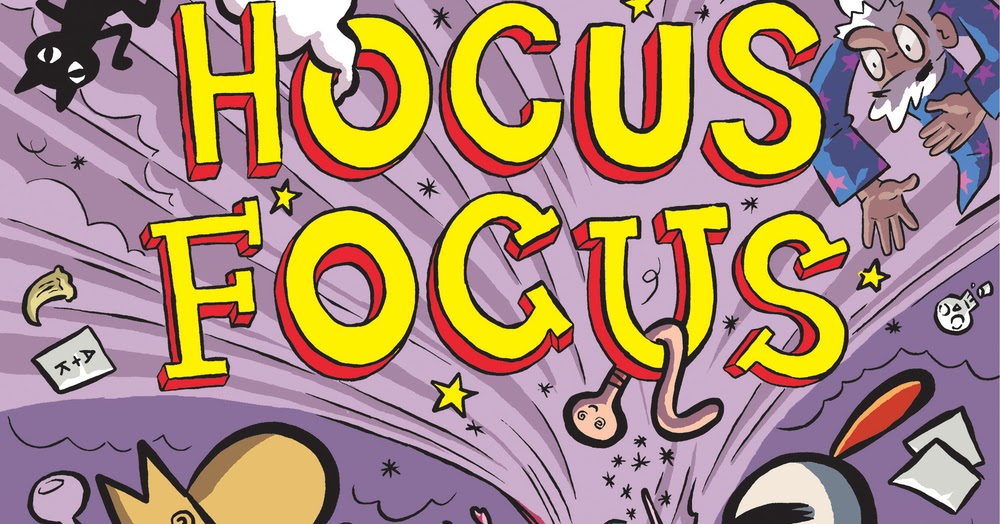

If you do attempt to focus with your unaided eye through the viewfinder, at least try to pick a star that is not too bright. We can pick a bright star to try to focus on, but the light from a bright star irradiates and spreads in the ground glass of the focusing screen making it difficult to tell when it is in focus. Most screens, which seem quite bright for daytime work with fast lenses that focus with the diaphragm wide open at f/2.8 or so, suddenly seem quite dark at prime focus of an f/8 telescope. The trouble is, with a camera, the image is projected onto the ground glass of the focusing screen first.

When we look through a telescope to visually observe we usually don't have any trouble at all focusing the eyepiece, unfortunately the same cannot be said for focusing a camera. It's not that accurate for the bright stuff either. When we get to the faint stuff, we find that it is very difficult to focus this way. It may be easy, but it is not necessarily accurate with repeatable consistency. It would seem that the easiest way to focus is to just look through the viewfinder of the camera and try to focus. Hybrid Method - Star Trails with a Hartmann Mask.The first three are generally the least accurate for truly critical focusing. The following methods are presented, more or less, in a general order of accuracy, from least accurate to most accurate. On the other hand, fast optical systems and high-resolution digital sensors demand critical methods for good results. We can get away with a lot if our optical system has a slow focal ratio. Many of these methods listed below can yield good results if the problems of focusing are taken into account, and the limitations and idiosyncrasies of each method are understood.

#HOCUS FOCUS SOFTWARE#
These different methods range in accuracy from the least accurate - focusing with the unaided eye on the ground glass of the camera through the pentaprism, to the most accurate: examining a star in an actual test exposure with software metrics. The better methods are also more consistently repeatable, which is an important consideration because of the time and effort we spend on our hobby. The > best way is by using magnified Live View to focus your DSLR. Today, the most accurate method of focusing is with Software Metrics, but this requires a computer > to the scope. Many of these methods were developed during the days of film astrophotography and don't apply to digital astrophotography. There are many different methods of focusing, and some work better than others.


 0 kommentar(er)
0 kommentar(er)
